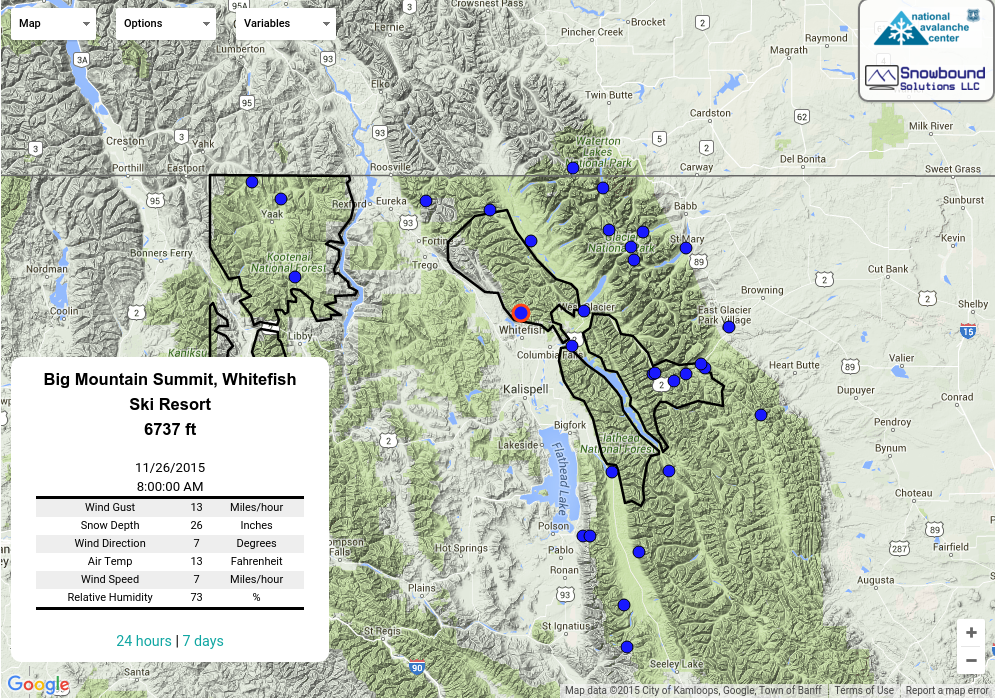Avalanche Observation - Lost Johnny, Swan Range
|
Location Name: Avalanche Observation - Lost Johnny, Swan Range Region: Swan Range - East Side (Hungry Horse Reservoir access) Date and time of avalanche (best estimate if unknown): Sat, 02/04/2017 - 16:30 |
|
|---|---|
|
Location Map: |
Red Flags: Recent avalanche activity Whumphing noises, shooting cracks, or collapsing Recent loading by new snow, wind, or rain Obvious avalanche path |
Observation made by: Public
Avalanche Photos:
Activity:
Snowmobiling









